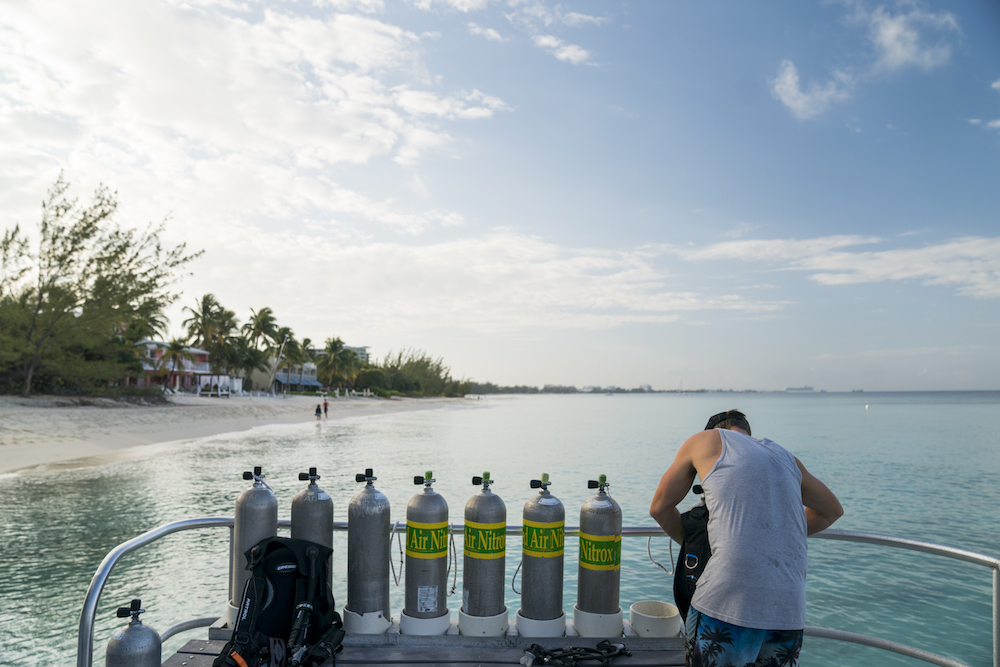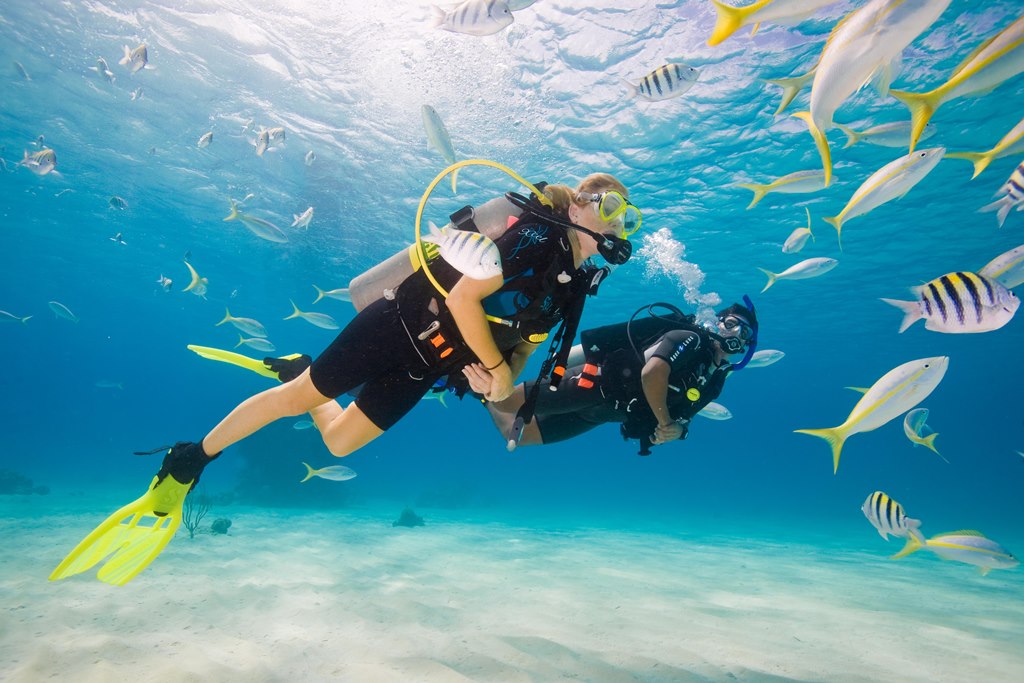How The DTA Leaderboard Looks With One Month Remaning
There have been a lot of changes during the second month of the 2020 DIVE Travel Awards Vote – so it’s time to check in on the Top 25 scuba diving destinations, dive centres and resorts, and liveaboards as they enter the final month of voting
In the largest travel awards we’ve run to date, 108 different destinations, 329 liveaboards and almost 1100 different dive centres and resorts were nominated for an award during the opening months of May and June. The Top 25 nominees in each category went through to the final vote, which has been underway since the beginning of September.
We appreciate that this year has been extraordinarily difficult for the worldwide dive business; some have even questioned why we would run our travel awards in a year when travel has been so heavily restricted – but we wanted to keep the scuba diving conversation going and try and let our favourite operators know that people out there really still care, and many can’t wait to visit just as soon as it’s possible to do so.
We’ve published the complete list of nominees at this link, but over the next month we’ll be looking to see who makes the Top 10 and win the award as best destination, dive centre or resort, and liveaboard in the world – and that, dear readers, is all down to you.
Here’s the current leaderboard as of 30 September (click here for last month’s update). Some operators have made large strides up the rankings thanks to extensive social media campaigns, but the competition is most intense in the last month in the run-up to the finish, and there is plenty of room for change between now and the vote closing at midnight (GMT) on the 31 October.

DIVE Travel Awards FAQ
My favourite was nominated but I can’t vote for them.
Each year, only the Top 25 in each category of nominations go through to the final vote. The Top 10 will receive recognition as the best dive centres in the world. We’d love to include everyone who made it onto the list, but that would be impossible. We’ve published a complete list of all the nominations at this link.
How can that operator have so many votes?
Some people take the awards more seriously than others. The vote is free and fair and open to all, and some operators will spread the word to as many people as they can. Plus, you’d be amazed at the loyalty some dive centres can command from their customers.
Why have you combined some dive centres?
We wanted to give as many dive centres and resorts as possible the chance to succeed, rather than have a handful of big names dominate the competition. We appreciate that each dive centre is run by its own unique complement of staff, but this way more names will appear on the list. The duplicates have been named in the order they placed as nominees, and will receive the same recognition as winners if they are successful.
Why are you asking for my e-mail address?
Firstly and foremostly, to prevent fraud. Secondly, because it signs up you (if you consent, of course) to our completely free and very fantastic weekly newsletter!
The DIVE Travel Awards 2020 Vote
How to enter:
- Go to the box below and enter a valid e-mail address.
- If you are using a shared computer and someone has already voted, you may need to click the ‘logout’ button underneath the picture in the voting module –
 .
. - Select your favourites from each category and press ‘continue’ to cast your vote. Select the next category and again pick your favourites.
- If you are using a shared computer or iPad remember to ‘logout’ at the end so the next person can vote.
Sadly, each year, a small number of dive operators receive large numbers of fraudulent votes. Most are caught by the Gleam competition software we are using to run the voting process, and we double-check the entries ourselves on a weekly basis. All such votes are stripped out of the overall total. In this time of crisis for the dive industry, any attempt to game the system will be robustly dealt with. Play fair – be role models for the whole scuba diving world. Thank you.
Small Print: We need an e-mail address to prove you’re not a robot. If you are not currently registered on our newsletter mailing list, once you have entered your e-mail address you will receive an automated e-mail asking if you’d like to join. We’d really appreciate it if you do, but we won’t hold it against you if you don’t (at least, not for very long, anyway!). If you do register, then you’ll receive our free weekly newsletter every Friday, plus we may send you occasional promotions or special offers, stories from our back-catalogues, travel news or competitions that are available exclusively to DIVE Magazine readers. We absolutely will not send your e-mail address to any third party without your express permission. Once you have registered you are free to unsubscribe, without penalty, at any time, using the links available in every message we send.

















 Private Scuba Tuition – Learn Scuba Skills.
Private Scuba Tuition – Learn Scuba Skills.